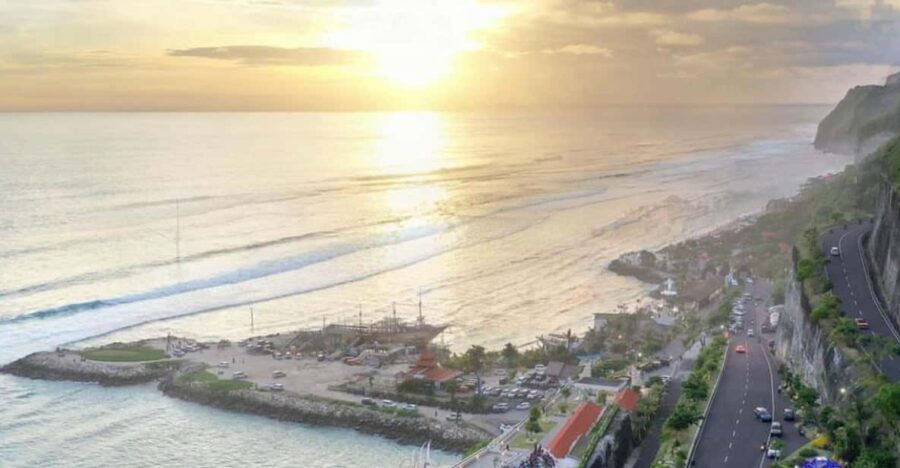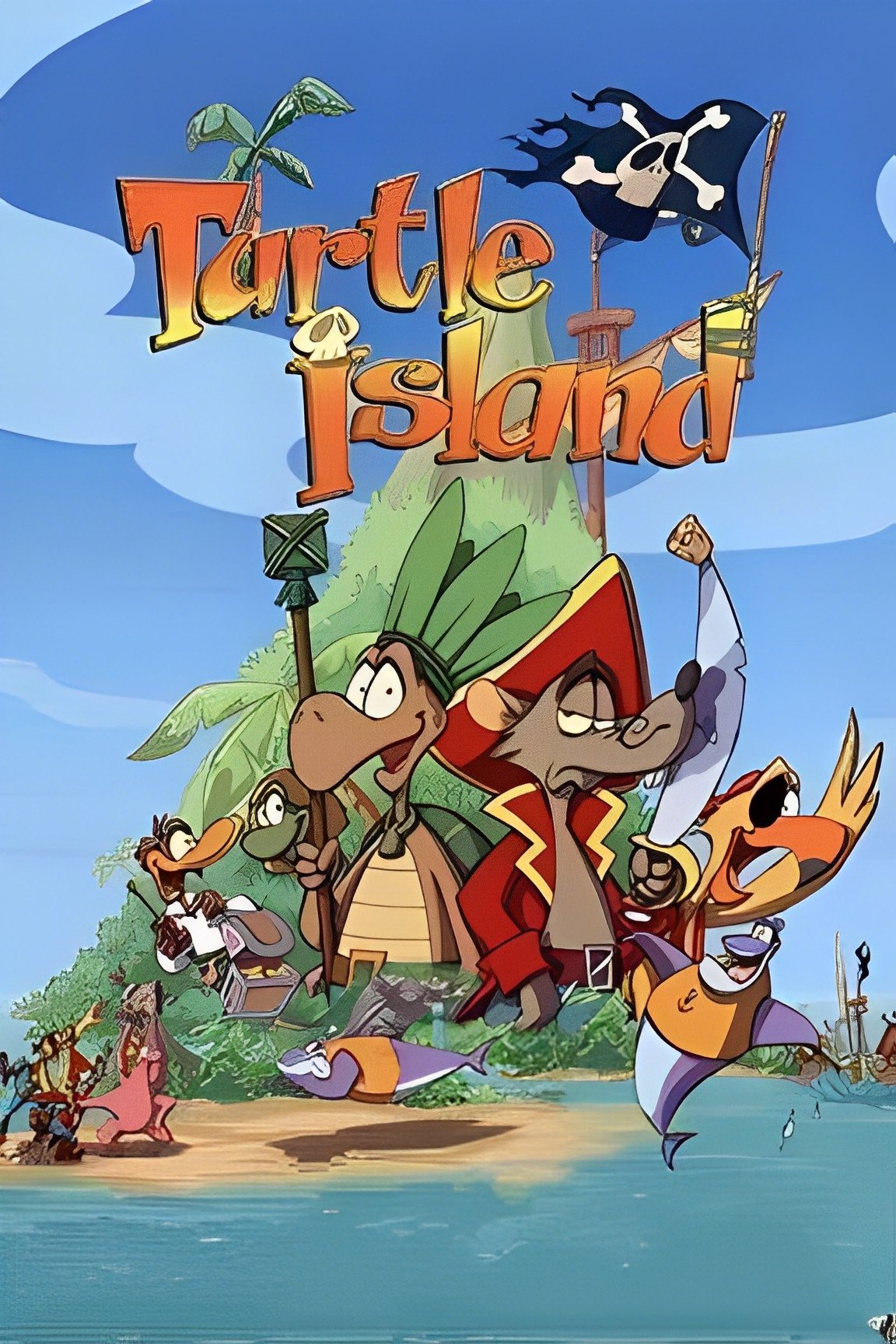
Sacred Steps, Sacred Stories: Indigenous Dance Reclaims the Spirit of Turtle Island
From the vast plains of the prairies to the ancient forests of the Pacific Northwest, across the rugged peaks of the Rockies to the sun-drenched deserts of the Southwest, Turtle Island – the Indigenous name for North America – pulses with stories. These narratives, woven into the land itself, are now finding vibrant, visceral expression in the world of contemporary dance. Far from mere historical reenactments, today’s Indigenous choreographers and dancers are drawing directly from the deep wellspring of ancestral knowledge, creation stories, and an intimate connection to the land to forge performances that are both profoundly rooted and breathtakingly innovative. These are not just dances; they are living prayers, fierce acts of reclamation, and powerful visions for a decolonized future.
The concept of Turtle Island is more than a geographical designation; it is a foundational worldview for many Indigenous nations, signifying a spiritual relationship with the land as a living, breathing entity. In numerous origin stories, a giant turtle supports the world on its back, embodying resilience, wisdom, and the interconnectedness of all life. It is this profound reverence for the earth, its ecosystems, and the ancestral spirits that imbues contemporary Indigenous dance with its unique power and resonance. Artists are translating the very essence of this worldview into movement, creating a dialogue between ancient teachings and modern realities.
One of the most striking aspects of this artistic movement is its dynamic fusion of traditional Indigenous dance forms with contemporary techniques. Choreographers are not discarding their heritage but rather infusing it with ballet, modern, hip-hop, and even street dance, creating a hybrid aesthetic that speaks to diverse audiences while maintaining its authentic core. This is not appropriation but innovation from within, a testament to the adaptive and resilient nature of Indigenous cultures. For instance, a dancer might seamlessly transition from the grounded, deliberate footwork of a traditional hoop dance – symbolizing the circle of life and the interconnectedness of all beings – into the fluid, expansive movements of contemporary ballet, all while telling a story rooted in specific tribal cosmology. This blending allows for a richness of expression that transcends cultural boundaries, inviting viewers to experience a world often marginalized or misunderstood.
The themes explored in these performances are as diverse as the Indigenous nations themselves, yet common threads emerge: environmental stewardship, cultural revitalization, the impacts of colonization, healing from intergenerational trauma, and the celebration of Indigenous identity. Water, for example, frequently appears as a powerful motif. Inspired by the ongoing struggles for water protection, such as those at Standing Rock, choreographers are crafting pieces that embody the sacredness of water – Nibi in Anishinaabemowin – as the lifeblood of Mother Earth. Dancers might mimic the flow of rivers, the crash of waves, or the gentle patter of rain, their bodies becoming conduits for a message of urgent environmental advocacy. These performances are not abstract; they are deeply personal and political, reflecting the lived experiences and enduring responsibilities of Indigenous peoples as original stewards of the land.
Storytelling, the bedrock of Indigenous cultures, is another vital element translated into movement. Unlike Western theatrical traditions that often separate narrative from performance, in Indigenous dance, the body is the story. Every gesture, every turn, every leap is imbued with meaning, often recounting ancient myths, historical events, or personal journeys. A piece might explore the trickster figure, a universal archetype found across many Indigenous traditions, using comedic and dramatic elements to teach lessons about human nature. Another might depict the forced removal of a people from their ancestral lands, using stark, emotionally charged movements to convey loss and resilience. These stories are not just for entertainment; they are vehicles for transmitting knowledge, preserving language, and reinforcing community bonds. As one Indigenous choreographer noted, "Our dances are living archives. They carry the memories of our ancestors, the wisdom of our elders, and the hopes of our children."

The impact of these performances extends far beyond the stage. They serve as powerful tools for education and reconciliation. For Indigenous audiences, they offer a mirror, reflecting their identities, affirming their heritage, and providing spaces for collective healing and empowerment. For non-Indigenous audiences, they offer a rare and vital window into the richness and complexity of Indigenous worldviews, often challenging preconceived notions and fostering empathy. Many performances are accompanied by workshops, discussions, and land acknowledgements, further deepening the audience’s engagement and understanding. These initiatives are crucial in a society still grappling with the legacies of colonialism and working towards a more equitable future.
However, the creation of such work is not without its sensitivities and responsibilities. The issue of cultural protocol is paramount. Indigenous choreographers often work closely with elders, knowledge keepers, and community members to ensure that stories are told respectfully, accurately, and with proper permissions. There is a deep awareness of the difference between cultural sharing and cultural appropriation. As such, many Indigenous artists emphasize the importance of creating from their own lived experiences and inherited knowledge, rather than merely borrowing aesthetics without understanding their deeper meaning. This commitment to authenticity ensures that the dance remains a powerful voice for Indigenous peoples, by Indigenous peoples.
Prominent figures and companies are leading this charge. Though specific names may vary across regions, their collective impact is undeniable. Artists like Maria Tallchief (Osage Nation), while a classical ballet icon, paved the way for Indigenous representation in dance. Today, companies such as Dancers of Damelahamid (Gitxsan Nation) from British Columbia, or artists like Rulan Tangen (Diné/Pueblo) with her company Dancing Earth Creations, are exemplars of this movement. Tangen, for instance, often integrates environmental themes and community engagement into her site-specific works, literally dancing on the land to honor it. Her work, and that of many others, transcends mere performance, becoming a form of ceremony and activism.
The future of dance inspired by Turtle Island looks incredibly promising. There’s a growing recognition within the broader arts community of the unique contributions Indigenous artists are making. More funding opportunities, educational programs, and platforms are emerging to support these vital voices. Furthermore, the global conversation around Indigenous rights, climate justice, and decolonization is creating a fertile ground for these performances to resonate with an even wider audience. As the world increasingly seeks sustainable ways of living and a deeper connection to the earth, the ancient wisdom embedded in Turtle Island’s stories, powerfully brought to life through the medium of dance, offers profound insights and inspiration.
These performances are more than just spectacles of movement; they are vital cultural interventions. They are acts of sovereignty, affirming Indigenous presence, knowledge, and artistic excellence in a contemporary world. They remind us that Turtle Island is not just a place on a map, but a sacred entity, a source of endless inspiration, and a testament to the enduring spirit of its original peoples. Through every sacred step, every powerful gesture, and every resonant narrative, Indigenous dance ensures that the spirit of Turtle Island continues to dance, guiding us toward a future built on respect, reciprocity, and profound connection to the earth.


